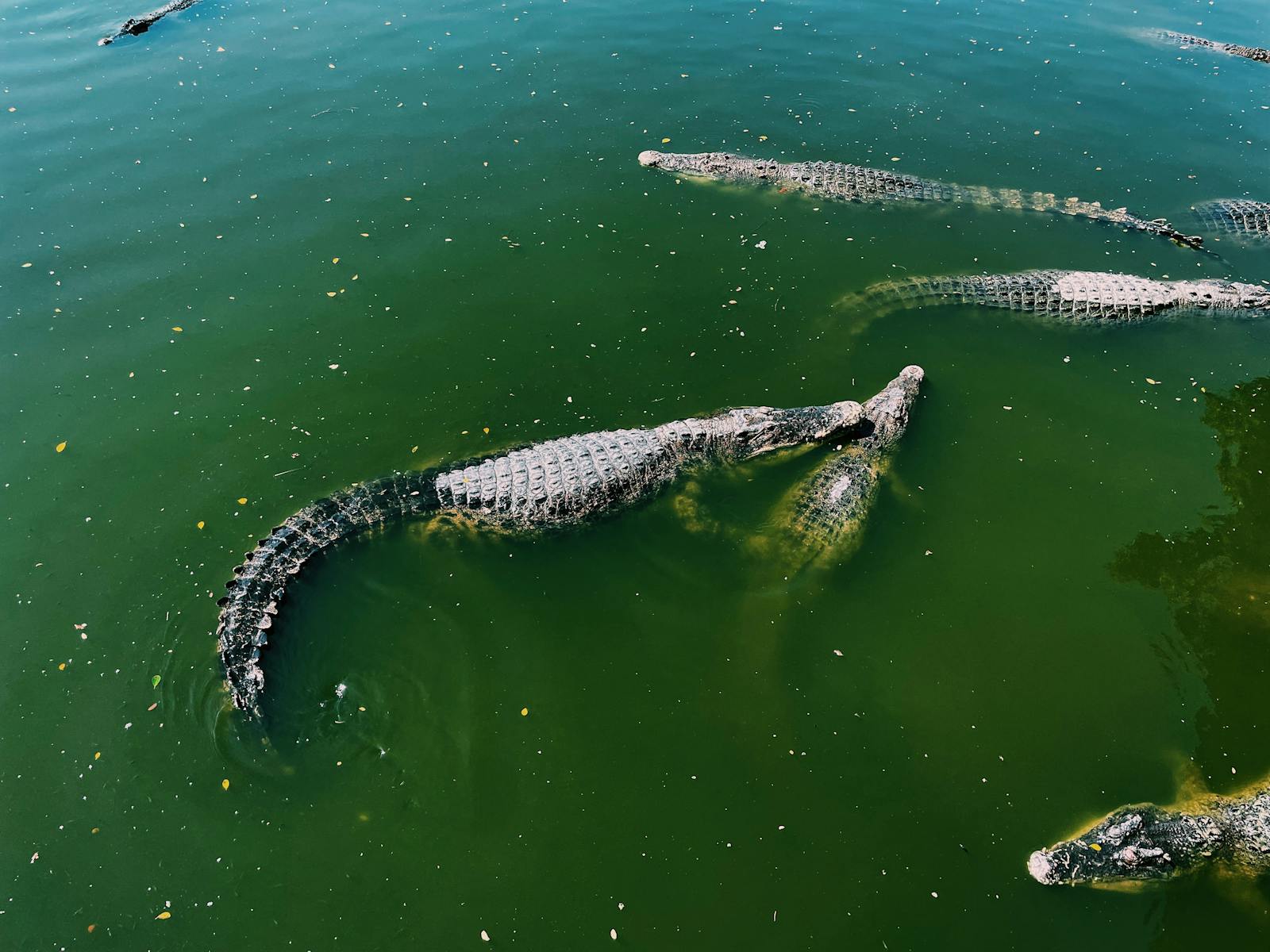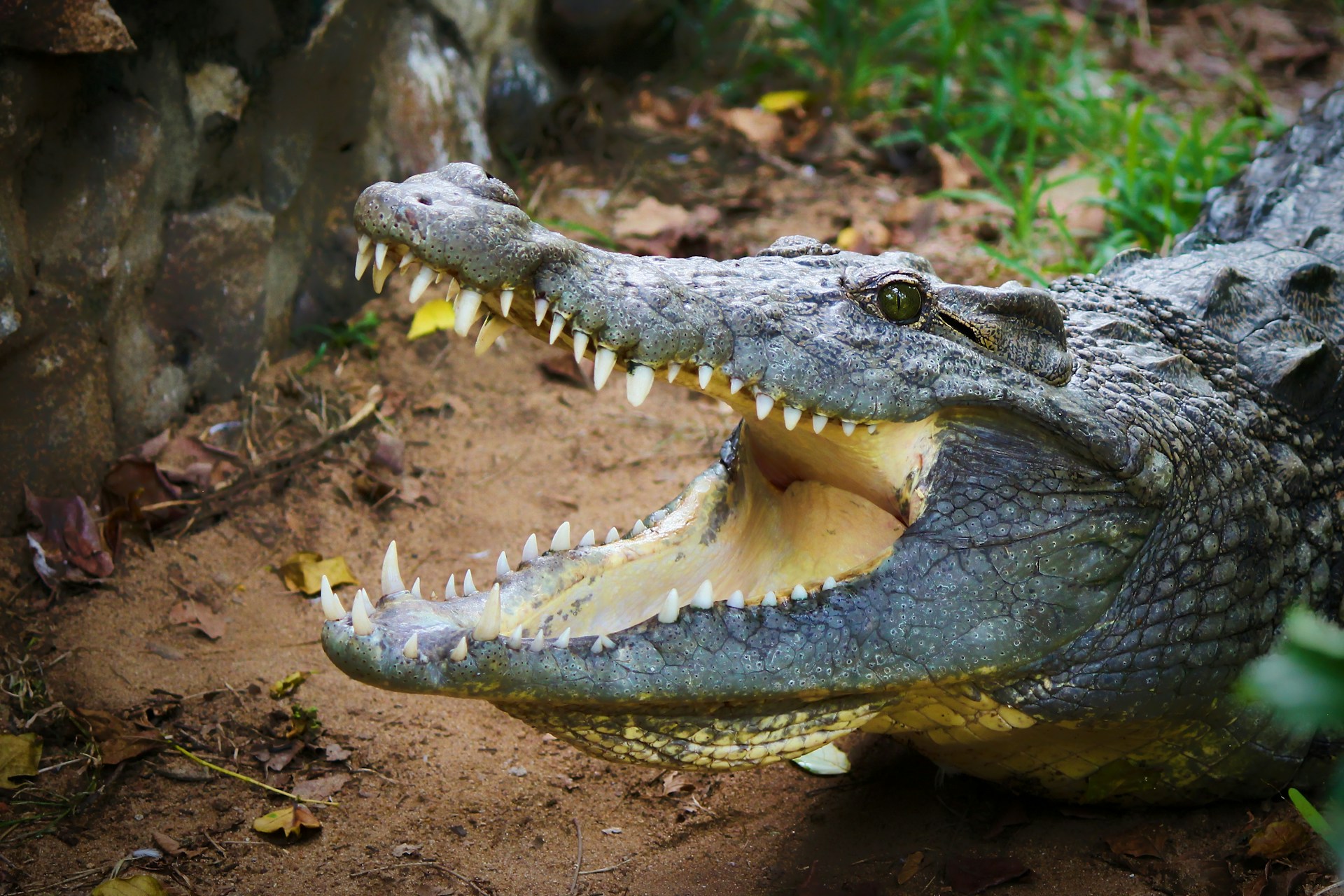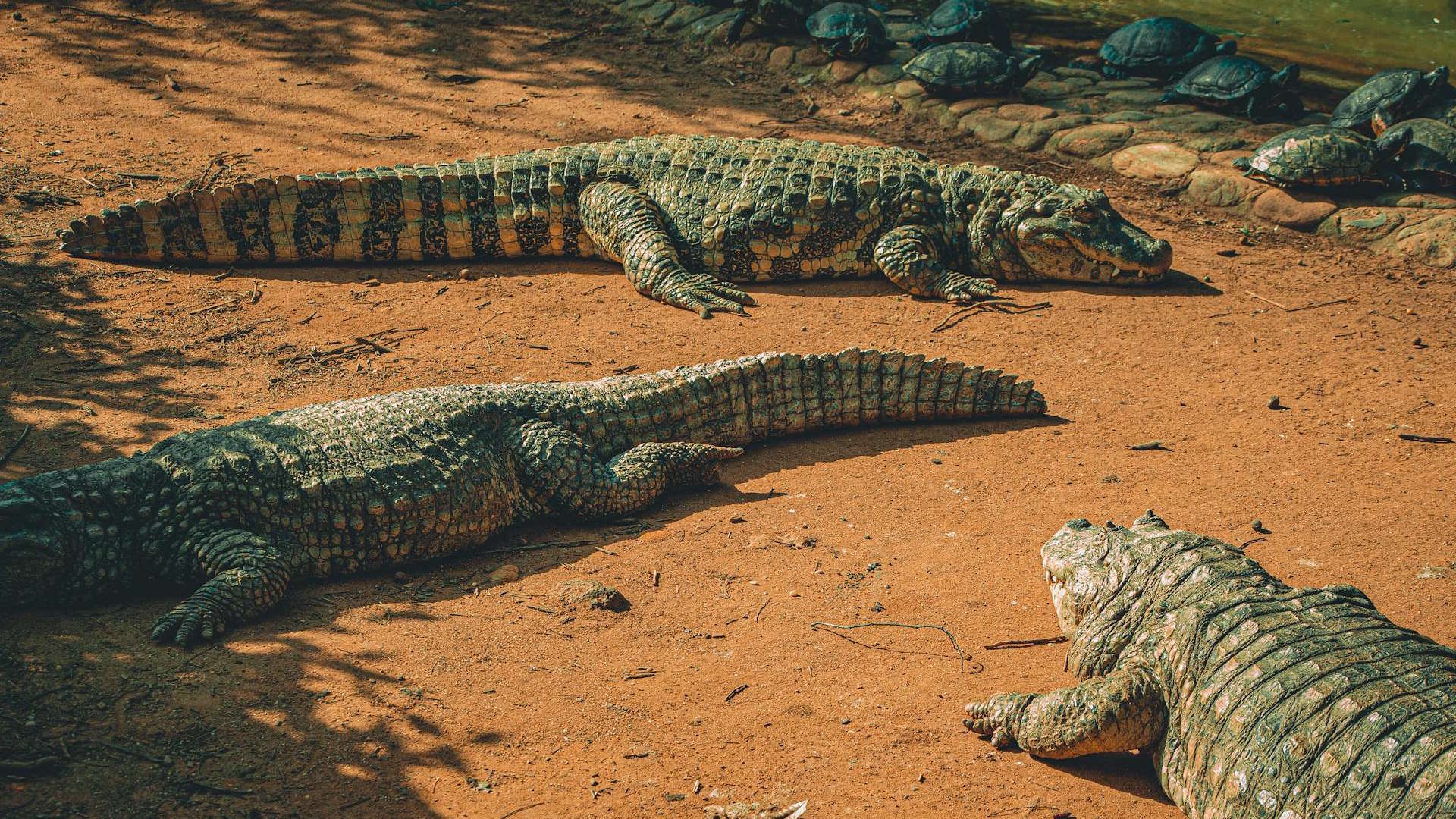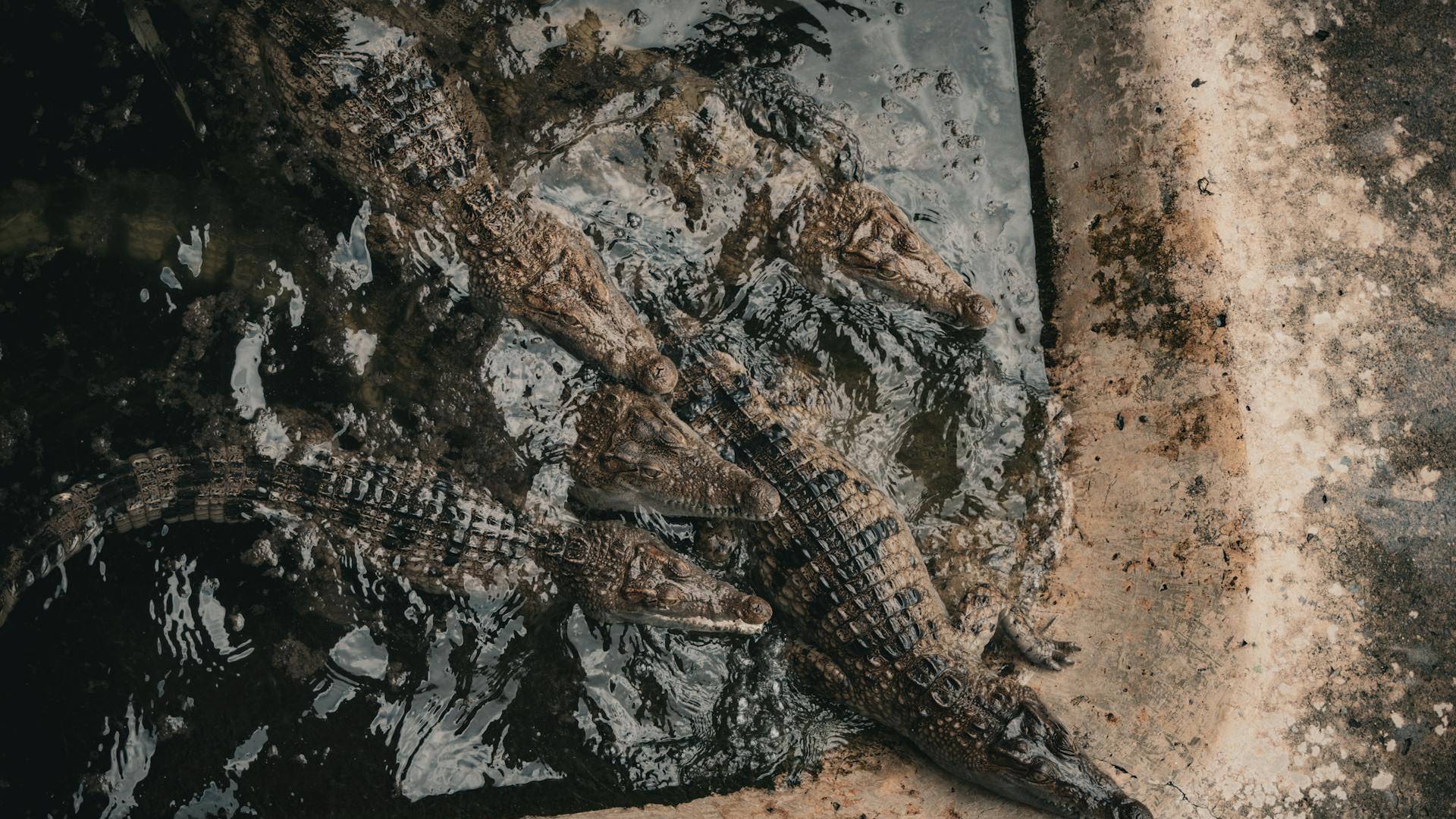Saltwater crocodiles, often referred to as “salties,” represent one of nature’s most formidable evolutionary success stories. These massive reptiles have dominated coastal waterways and marine environments for millions of years, establishing themselves as apex predators through a remarkable combination of physical adaptations, behavioral strategies, and evolutionary advantages. Their journey from prehistoric origins to becoming the largest living reptile predator showcases nature’s engineering at its finest. Unlike purely marine creatures, saltwater crocodiles have mastered the transition between terrestrial and aquatic environments, allowing them to exploit diverse hunting opportunities and establish territorial dominance across vast geographic ranges from northern Australia to Southeast Asia and the Indian subcontinent.
Ancient Origins and Evolutionary Timeline
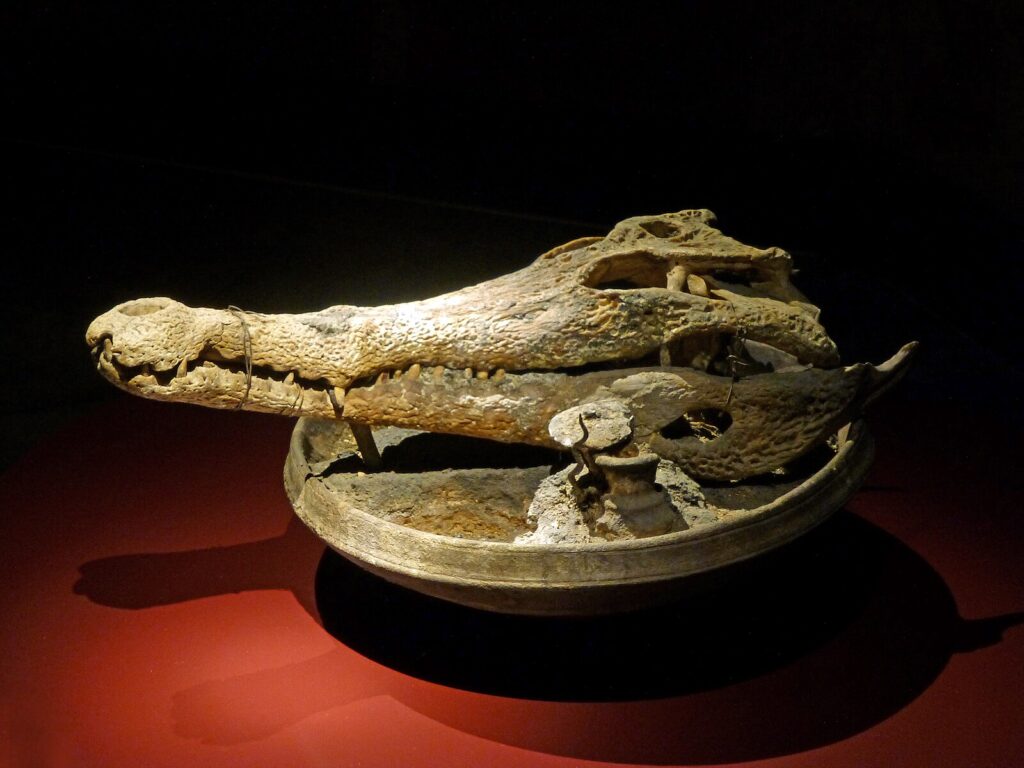
Saltwater crocodiles (Crocodylus porosus) belong to an ancient lineage that has survived relatively unchanged for over 200 million years, making them living fossils that witnessed the rise and fall of dinosaurs. Their ancestors, the early crocodylomorphs, evolved during the late Triassic period and developed adaptations that allowed them to thrive both on land and in water. Unlike many prehistoric creatures that perished during major extinction events, crocodilians possessed the versatility and resilience to survive dramatic environmental changes. The modern saltwater crocodile’s specific lineage diverged approximately 12-6 million years ago during the Miocene epoch, refining adaptations that would eventually make them unparalleled ambush predators in coastal and marine ecosystems.
Physical Adaptations for Marine Supremacy
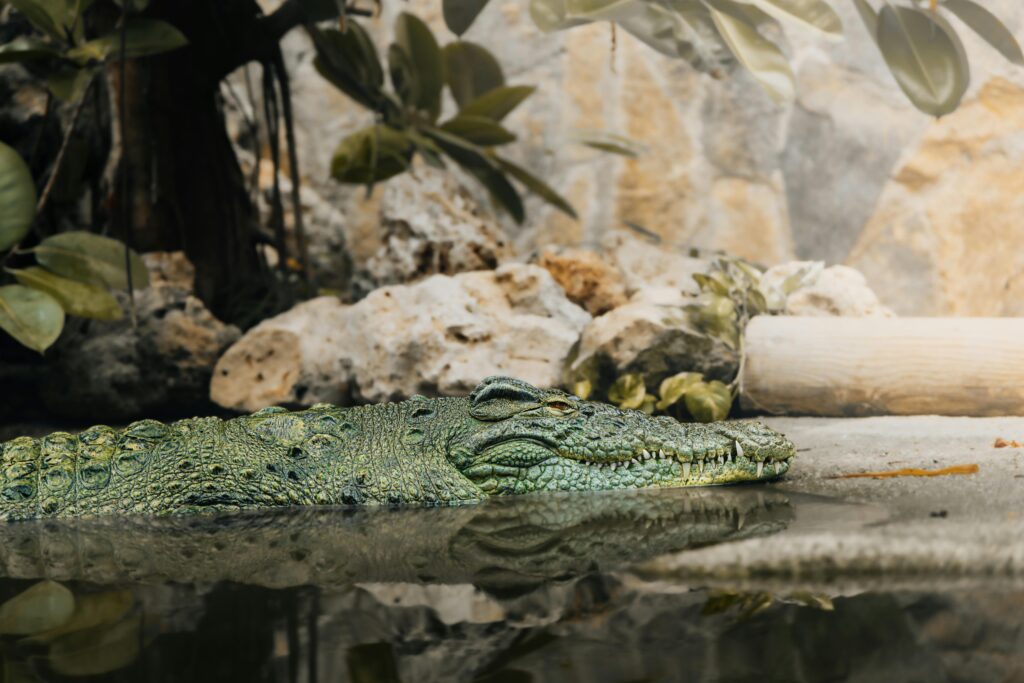
Saltwater crocodiles possess an impressive suite of physical adaptations that enable their dominance in marine environments. Their bodies feature specialized salt glands beneath the tongue that allow them to excrete excess salt, a crucial adaptation for surviving in brackish and saltwater habitats where most reptiles would perish. Their muscular tails provide exceptional propulsion through water, while their webbed hind feet offer enhanced swimming abilities without sacrificing mobility on land. Perhaps most notably, their enormous size—with males regularly exceeding 16 feet (5 meters) and sometimes reaching over 20 feet (6 meters)—gives them a predatory advantage over virtually all other animals in their range. Their massive jaws can generate bite forces exceeding 3,700 pounds per square inch, the strongest measured bite of any living animal.
Respiratory and Cardiovascular Specializations
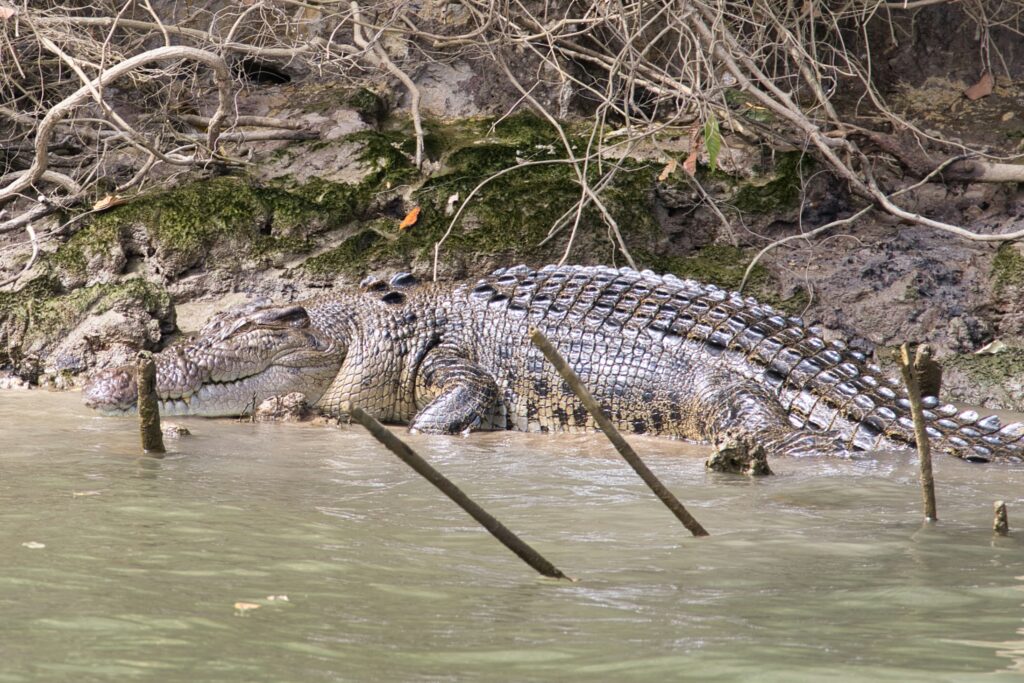
The saltwater crocodile’s conquest of marine environments wouldn’t be possible without remarkable respiratory and cardiovascular adaptations. They possess a specialized palatal valve at the back of their throat that creates a watertight seal, allowing them to open their mouths underwater without drowning. Their heart features a unique structure that enables them to direct oxygenated blood to vital organs during extended dives, allowing them to remain submerged for over an hour when necessary. Additionally, saltwater crocodiles can slow their heart rate to just 2-3 beats per minute during prolonged submersion, conserving oxygen and enabling extended ambush hunting sessions. These physiological adaptations represent millions of years of evolutionary refinement, creating a predator perfectly suited to the boundary between terrestrial and marine environments.
Sensory Systems for Aquatic Hunting
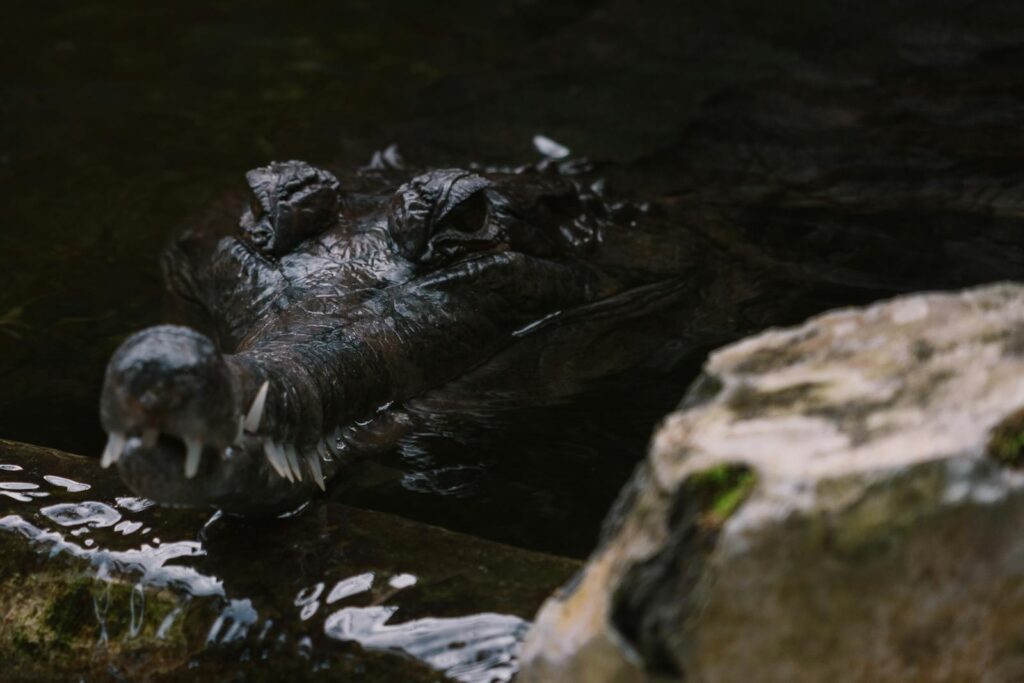
Saltwater crocodiles have developed specialized sensory systems that make them extraordinarily effective hunters in marine settings. Their eyes feature a reflective layer called the tapetum lucidum that enhances night vision, while a transparent third eyelid (nictitating membrane) protects their eyes underwater without compromising visibility. Specialized pressure receptors called dome pressure receptors (DPRs) cover their faces, allowing them to detect minute water movements from potential prey even in complete darkness. Their ears automatically close underwater and possess sophisticated neural mechanisms to detect vibrations and low-frequency sounds that travel through water. Perhaps most impressively, saltwater crocodiles possess integumentary sense organs (ISOs) on their jaws that can detect minute changes in water pressure, enabling them to locate prey in murky water and strike with pinpoint accuracy.
Hunting Strategies and Behavioral Adaptations
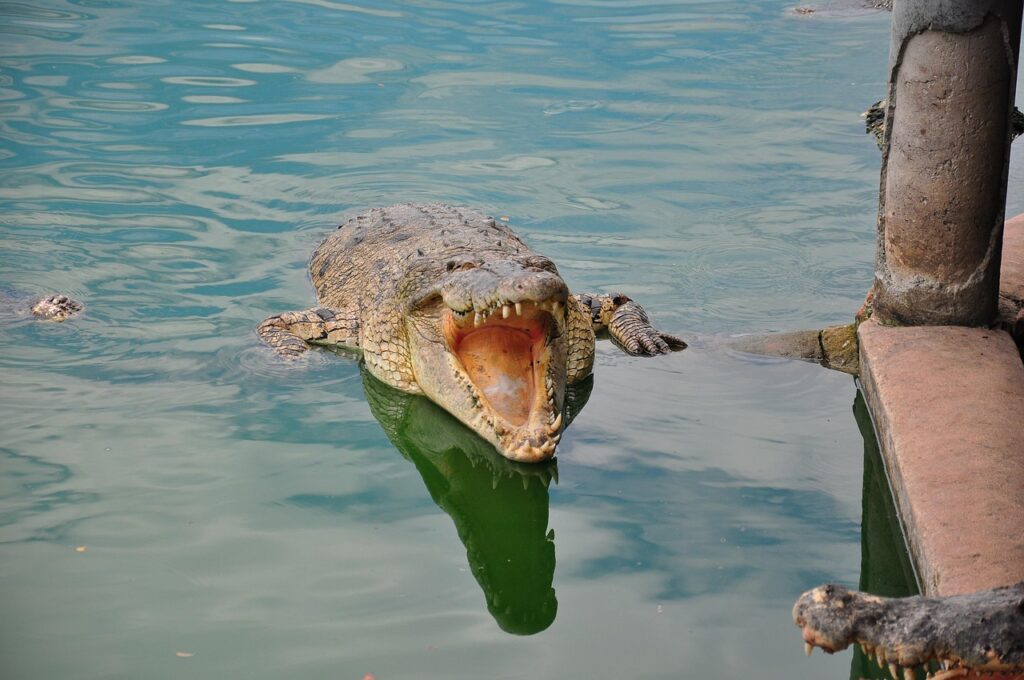
The hunting prowess of saltwater crocodiles stems not only from physical attributes but also from sophisticated behavioral adaptations refined over millions of years. They employ the “death roll”—a powerful spinning maneuver that tears prey apart while disorienting it—demonstrating how their behavior and physiology work in concert. Saltwater crocodiles display remarkable patience, sometimes remaining motionless for hours while waiting for prey, with only their eyes and nostrils breaking the water’s surface. They’ve developed complex ambush techniques, often using tidal patterns and currents to their advantage when hunting in marine environments. Their intelligence allows them to learn and adapt hunting strategies based on specific prey behaviors and environmental conditions, making them among the most sophisticated reptilian predators on Earth.
Territorial Range and Oceanic Mobility
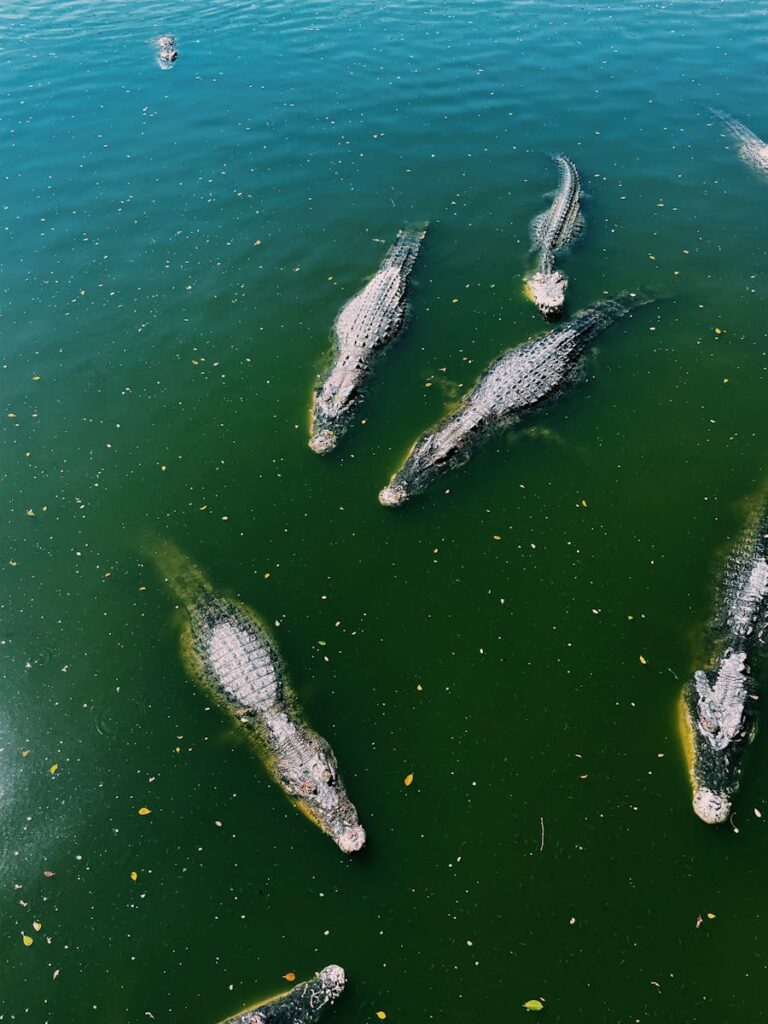
Saltwater crocodiles have established themselves as apex predators across an impressive geographic range spanning from northern Australia through Southeast Asia to eastern India. Their remarkable swimming abilities allow them to traverse open ocean waters for hundreds of kilometers, with documented cases of individuals traveling over 900 kilometers (560 miles) across open sea. This oceanic mobility has enabled them to colonize remote islands and expand their range over evolutionary time, contributing to their genetic diversity and adaptability. Saltwater crocodiles have been documented riding ocean currents to conserve energy during long journeys, demonstrating a sophisticated understanding of marine dynamics. Their capacity to navigate through open ocean has led to what scientists call the “island hopping” phenomenon, where crocodiles establish new territories on previously unoccupied islands, further expanding their ecological influence.
Diet Versatility and Prey Selection
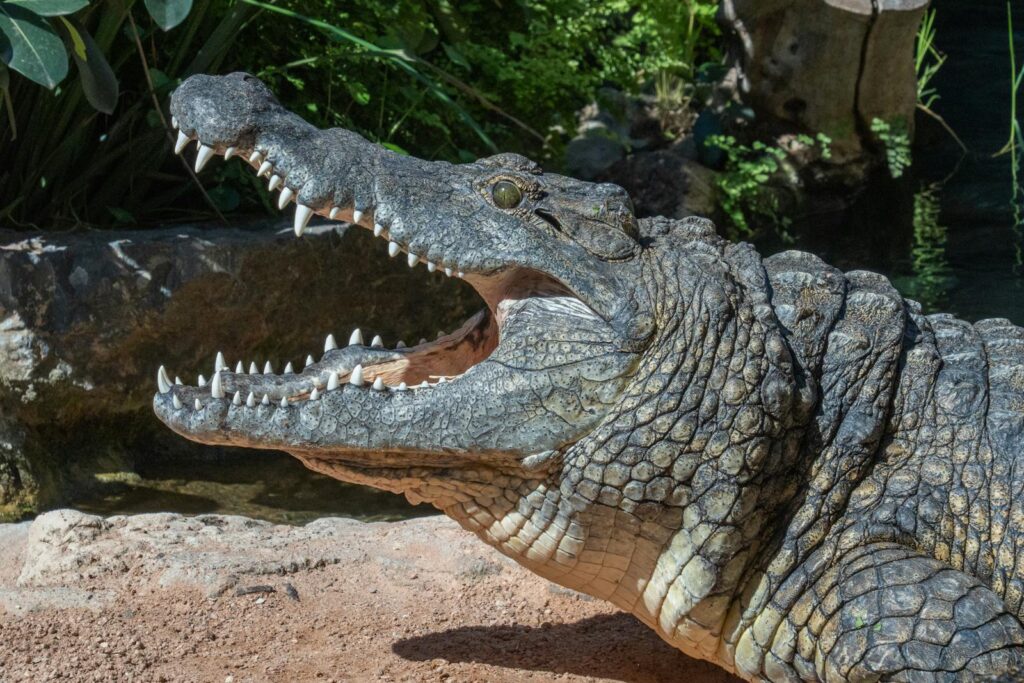
The dietary adaptability of saltwater crocodiles has played a crucial role in their evolutionary success as marine apex predators. They operate as opportunistic feeders with the capacity to consume virtually any animal they can overpower, from fish and crustaceans to water buffalo, sharks, and even humans. Their ontogenetic diet shift—where juveniles feed primarily on small prey like fish and amphibians before graduating to larger mammals and marine vertebrates as adults—allows them to occupy different ecological niches throughout their lifecycle. Saltwater crocodiles demonstrate sophisticated prey selection abilities, often targeting species that are abundant in their specific habitat, which minimizes competition with other predators. Their ability to consume and digest nearly every part of their prey, including bones, enables them to extract maximum nutritional value from each successful hunt, supporting their enormous size and energy requirements.
Reproductive Strategies for Evolutionary Success

The reproductive strategies of saltwater crocodiles have been instrumental in their long-term success as apex predators in marine environments. Females construct large mounded nests of vegetation near water, where the decomposition of plant material generates heat that incubates the 40-60 eggs they typically lay. Their temperature-dependent sex determination—where nest temperature determines whether embryos develop as males or females—provides evolutionary flexibility in response to changing environmental conditions. Female saltwater crocodiles exhibit remarkable maternal care, defending their nests fiercely during the 80-90 day incubation period and responding to the calls of hatchlings by helping them exit the nest and transporting them safely to water. This investment in offspring protection substantially increases survival rates in early life stages, ensuring population stability despite the numerous threats faced by juvenile crocodiles.
Competition with Sharks and Marine Mammals
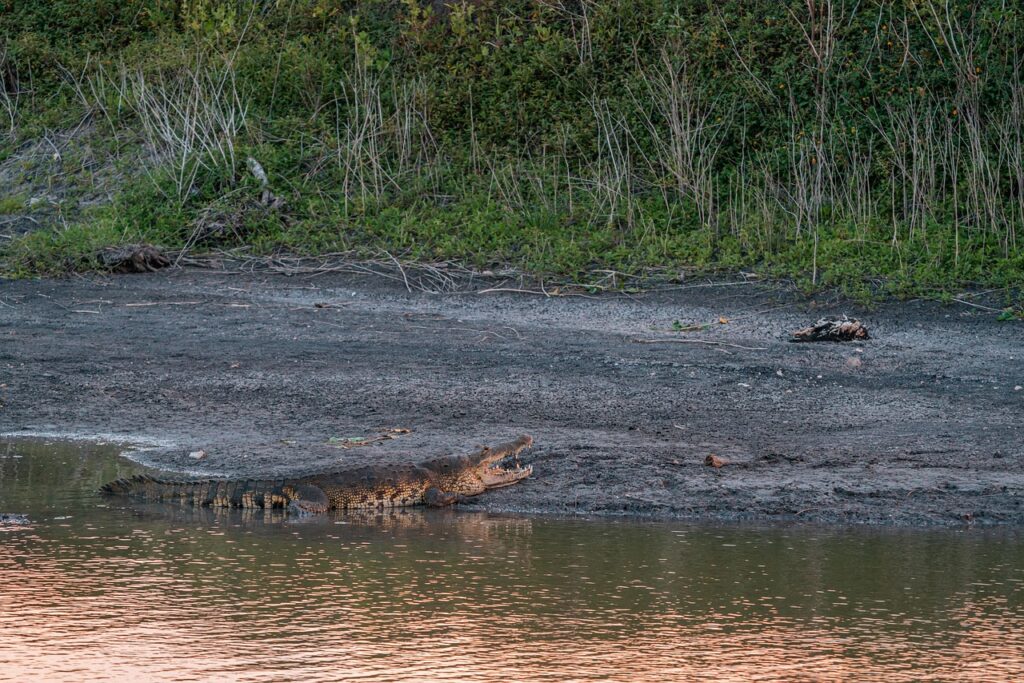
Saltwater crocodiles have established dominance in marine ecosystems even when facing competition from other formidable predators like sharks and orcas. Their unique combination of terrestrial mobility and aquatic hunting prowess allows them to exploit ecological niches unavailable to purely marine predators. Documented encounters between large saltwater crocodiles and bull sharks or tiger sharks typically result in the crocodile’s victory or mutual avoidance, demonstrating their competitive positioning at the apex of marine food webs in their range. Unlike sharks, which must keep moving to breathe, saltwater crocodiles can remain perfectly still for ambush attacks, giving them a tactical advantage in certain hunting scenarios. Their ability to haul themselves onto land to consume large prey also reduces underwater feeding competition and scavenging by other marine predators.
Thermoregulation and Environmental Adaptability
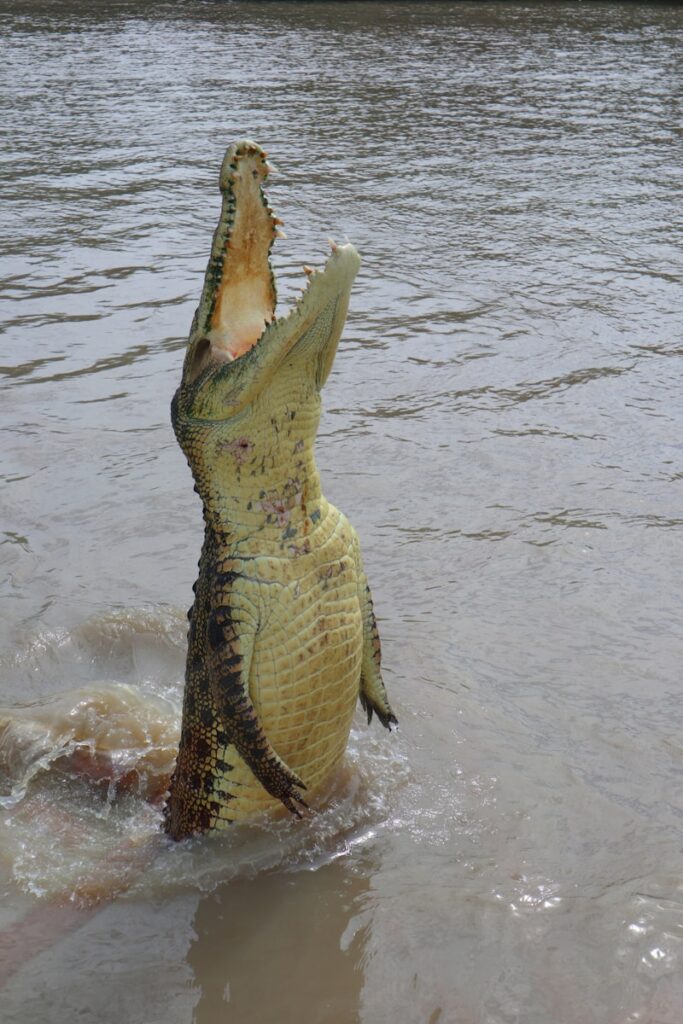
Saltwater crocodiles have mastered thermoregulation strategies that allow them to thrive across diverse marine and estuarine environments with varying temperatures. As ectotherms, they rely on external heat sources to regulate body temperature, basking on banks or floating at the water’s surface to warm themselves, then submerging to cool down—a behavior pattern that gives them energetic advantages over endothermic marine predators. Their ability to slow metabolism during cooler periods allows them to survive seasonal temperature fluctuations and food scarcity, contributing to their long-term ecological resilience. Saltwater crocodiles can adjust their basking and swimming behaviors based on water temperature, solar radiation, and air temperature, demonstrating sophisticated behavioral thermoregulation. This environmental adaptability has enabled them to occupy habitats ranging from tropical rivers and mangrove swamps to coastal ocean waters across a vast geographic range.
Human Interactions and Conservation Challenges
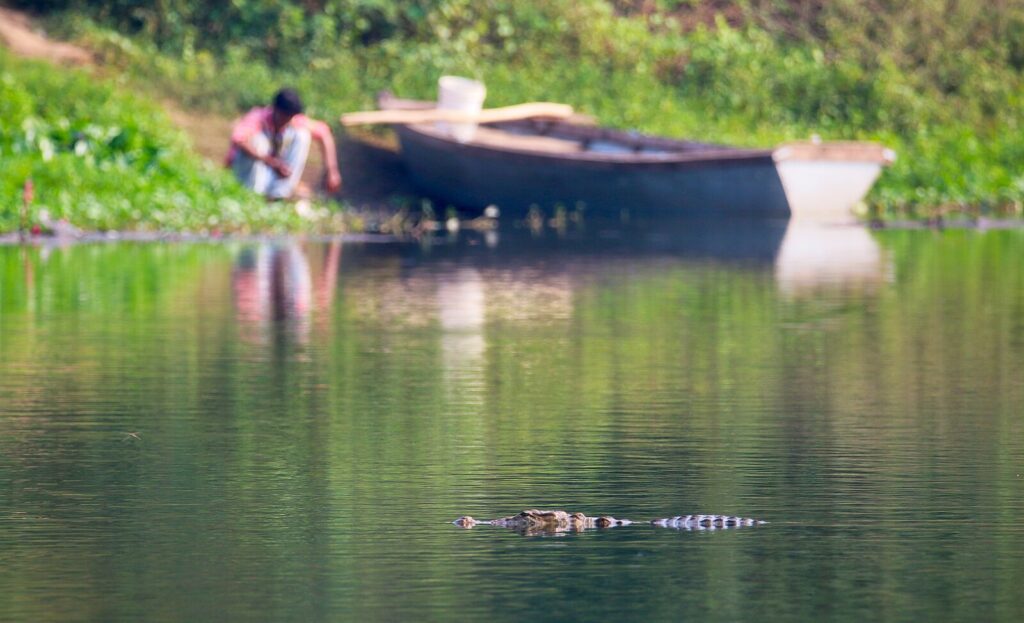
The relationship between humans and saltwater crocodiles has been characterized by fear, respect, and conflict throughout history, presenting significant conservation challenges. After facing near-extinction in many regions due to unregulated hunting for their valuable skins in the mid-20th century, legal protections have allowed their populations to recover dramatically in areas like Australia’s Northern Territory. However, as human coastal development expands into crocodile habitat, dangerous encounters have increased, creating complex management challenges that balance human safety with species conservation. Sustainable ranching programs have emerged as a conservation strategy, where eggs collected from the wild are hatched in controlled environments, with a percentage of juveniles released back into natural habitats. Despite their fearsome reputation, saltwater crocodiles play vital ecological roles in maintaining healthy marine and estuarine ecosystems, controlling populations of potential pest species and contributing to nutrient cycling.
Future Evolutionary Prospects in Changing Oceans
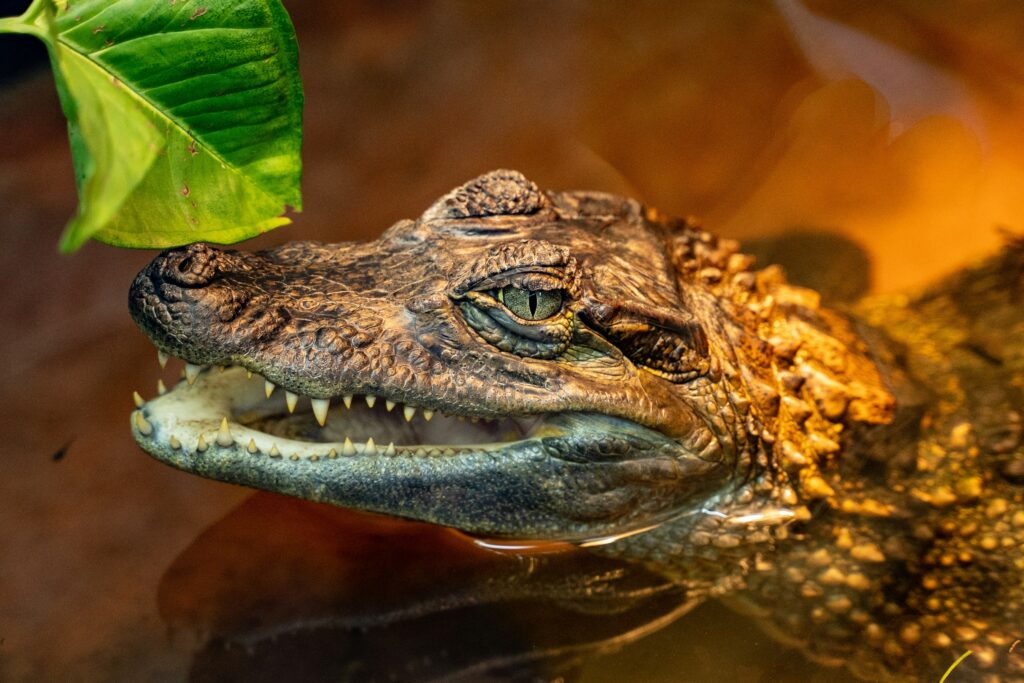
As marine environments face unprecedented changes due to climate change, pollution, and habitat destruction, saltwater crocodiles’ evolutionary prospects remain a subject of scientific interest. Their remarkable adaptability and evolutionary resilience suggest they may weather environmental changes better than many specialized marine species, potentially expanding their range as waters warm in previously cooler regions. Rising sea levels may create new estuarine habitats suitable for saltwater crocodiles, potentially allowing them to reclaim coastal territories lost to human development. However, they face threats from extreme weather events, changing prey availability, and potential disruption to temperature-dependent sex determination that could skew population demographics. Their continued success will likely depend on the preservation of critical nesting habitats and maintaining healthy estuarine ecosystems that support their role as keystone species in marine food webs.
Conclusion
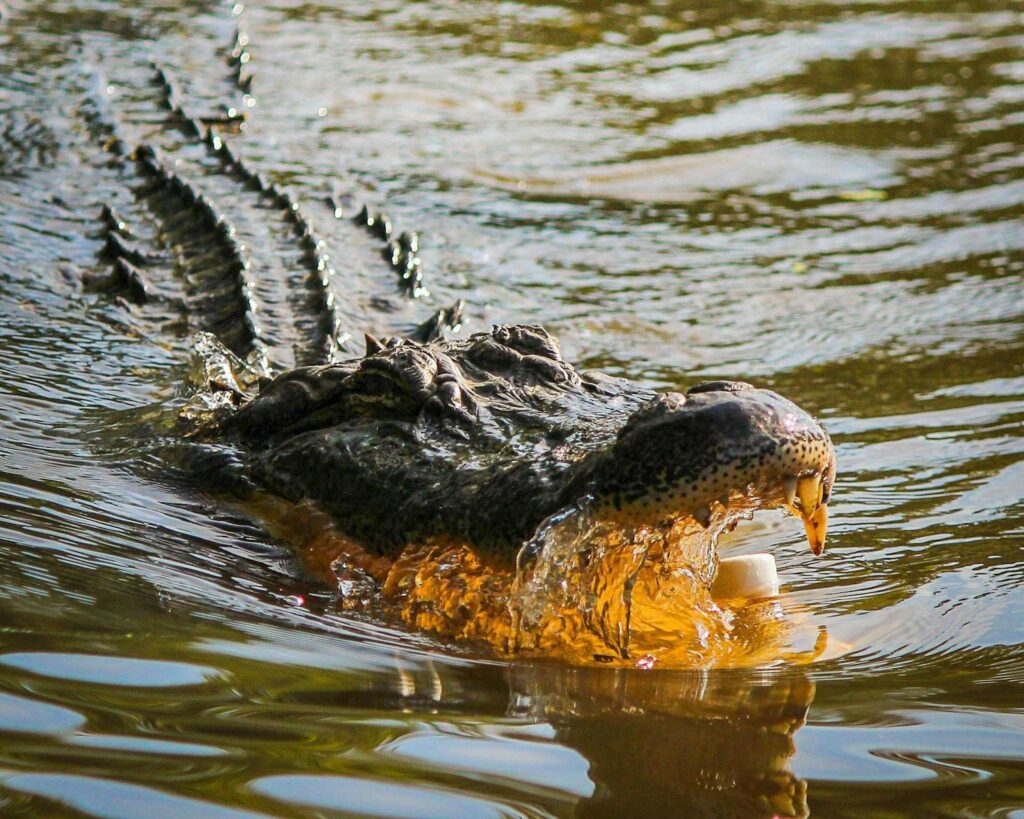
The saltwater crocodile’s status as an apex predator of marine environments represents one of evolution’s most remarkable success stories. Through millions of years of adaptation, these ancient reptiles have developed an extraordinary combination of physical attributes, physiological mechanisms, and behavioral strategies that allow them to dominate the boundary between land and sea. Their massive size, powerful jaws, salt-excreting glands, and sophisticated sensory systems make them perfectly adapted to their predatory lifestyle. While they face conservation challenges in a rapidly changing world, their proven evolutionary resilience and adaptability suggest these magnificent predators will continue their reign as masters of coastal waters for generations to come—living testimonies to nature’s engineering prowess and the enduring power of evolutionary adaptation.

